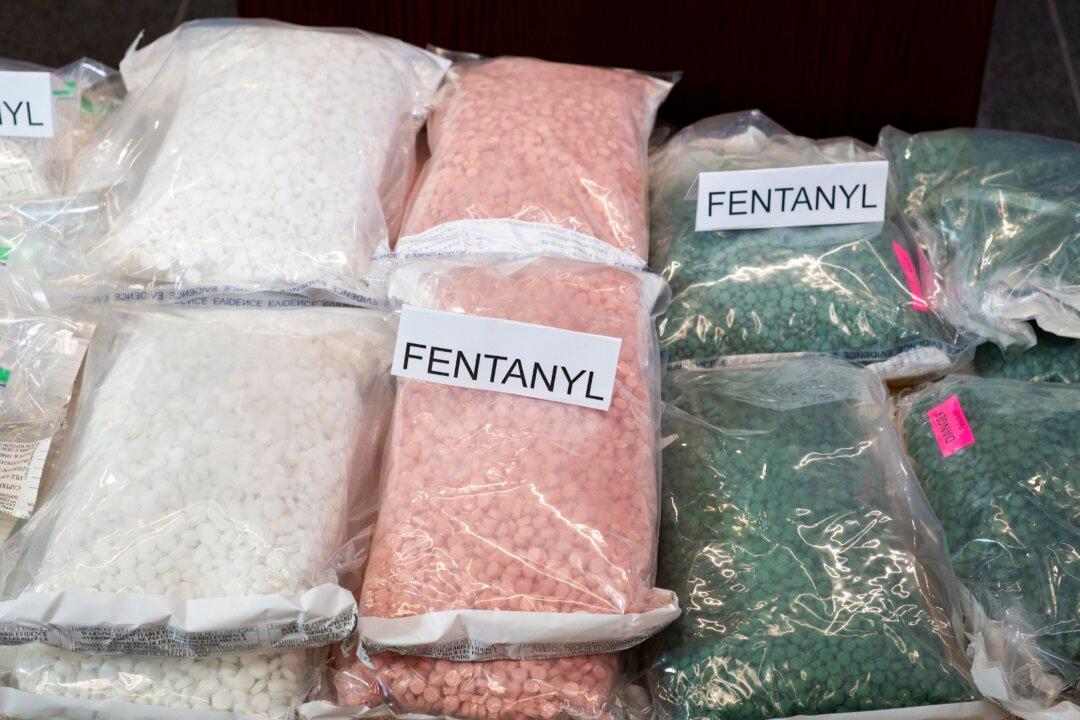Canadian organized crime groups are increasingly involved in the manufacturing and trafficking of fentanyl as the cocaine market has become more saturated, according to a federal policing organization.
The involvement of organized crime groups in the fentanyl trade has risen by 42 percent since 2019 and the number of groups involved in manufacturing the drug has nearly doubled, going from 51 in 2023 to 99 in 2024, the CISC report said.
Fentanyl, a potent synthetic opioid linked to the increase in Canadian overdose deaths, has come into the spotlight since U.S. President Donald Trump singled out the drug in his threat to impose 25 percent tariffs on Canada and Mexico.
Nonetheless, there is a growing Canadian trend of fentanyl manufacturing and exporting, according to the CISC, a body that falls under the RCMP and serves as a hub for the analysis of criminal intelligence and the distribution of intelligence products to law enforcement agencies.
Most criminal groups are involved in the cocaine market, which has reached a point of saturation causing prices to plummet to their lowest levels in 25 years, the intelligence service noted. This has resulted in the increase of more profitable shipments of fentanyl and methamphetamine, with some coming from Mexico using traditional cocaine smuggling routes.
A third of the Canadian groups engaged in manufacturing are also involved in importing, “highlighting the dependence of acquiring precursor chemicals from other source countries (primarily China) to domestically produce fentanyl and methamphetamine,” CISC said.
The intelligence service also noted a steady increase since 2021 of the number of organized crime groups involved in the export of fentanyl. Thirty-five such groups are exporting the drug and expanding their operations internationally. In general, Canada-based crime groups have connections with 48 countries, the report said.
Overall, 235 different criminal organizations have a hand in the fentanyl trade, with the majority located in B.C. and Ontario, where the main focus is manufacturing and importation.
In addition to the domestic problem, international crime groups “exploit Canada’s strategic geographic location and borders to facilitate the transit of illicit goods between North America and other regions such as Asia, Europe and Latin America,” the agency said.
The Canada Border Services Agency is to deploy new detector dog teams at ports of entry, along with new chemical detection tools. Health Canada will also accelerate its regulatory process to ban precursors, along with supporting law enforcement to trace the origins of intercepted drugs.







